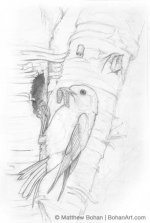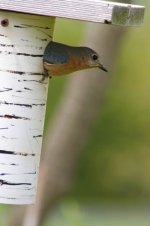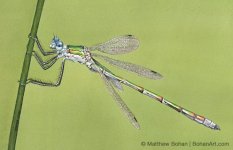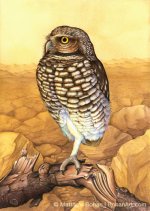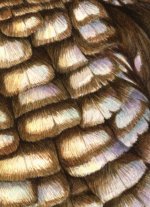mattybohan
Well-known member
Thanks Nick and Buzzard,
I was happy with the way the kingfisher turned out. It has an odd history to it. A client liked 2 other paintings of mine, one with a kingfisher and one with a lot of birch bark . They wanted to have the two combined.
I tried to compose things so the branches would be interesting, framing up multiple islands of blue sky to keep some visual interest. Birches branch off very upright... at least the paper birch. The branch the kingfisher is perched on is probably at low an angle to be 100% realistic, but it seemed to fit the composition.
I think I still have the branches that I used as reference sitting around the studio somewhere.
I was happy with the way the kingfisher turned out. It has an odd history to it. A client liked 2 other paintings of mine, one with a kingfisher and one with a lot of birch bark . They wanted to have the two combined.
I tried to compose things so the branches would be interesting, framing up multiple islands of blue sky to keep some visual interest. Birches branch off very upright... at least the paper birch. The branch the kingfisher is perched on is probably at low an angle to be 100% realistic, but it seemed to fit the composition.
I think I still have the branches that I used as reference sitting around the studio somewhere.




